Edições Impressas
8 de novembro de 2024
Science and Technology: First Image of 3D Megamap of the Universe Released – Level 3
Article published on Joca 233
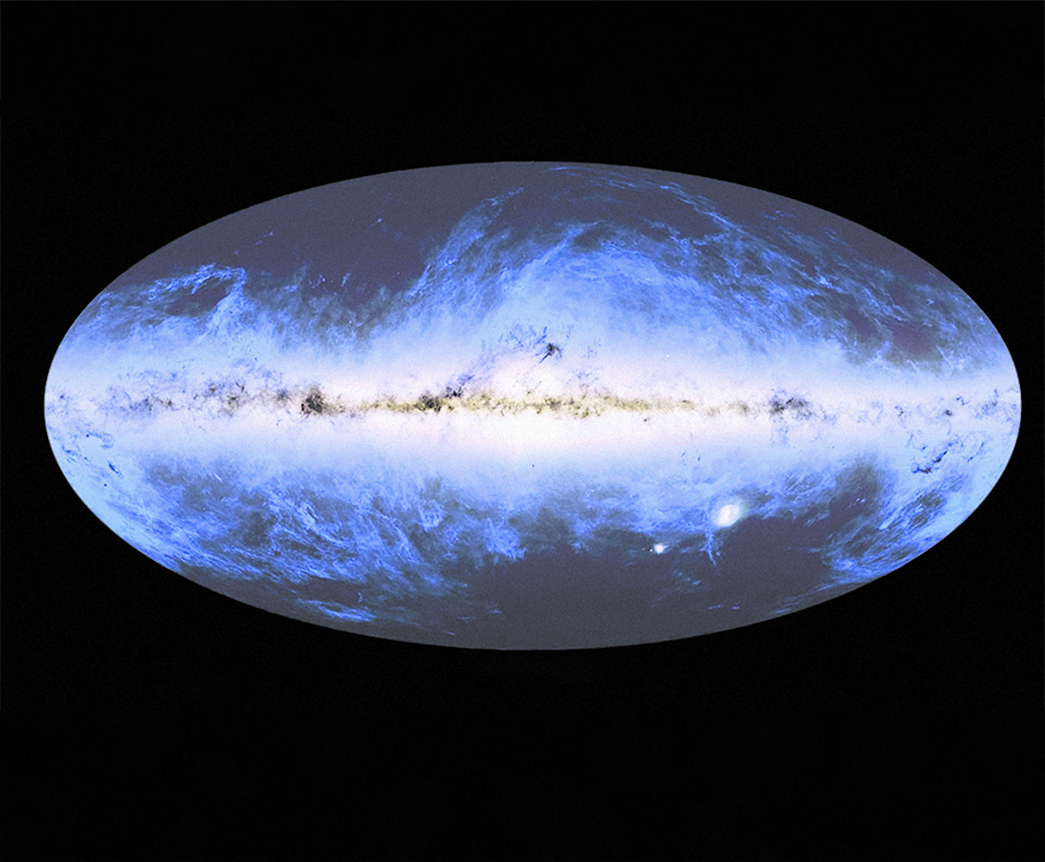
On October 15th, the European Space Agency (ESA) released the first part of the three-dimensional (3D) map of the universe created using images captured by the Euclid telescope. The idea is that Euclid sends photos over a period of six years to form a complete map of the universe. The telescope was launched into space in 2023.
The first released image shows over 100 million stars and galaxies. Even so, it only represents 1% of all the telescope will collect on its journey. Euclid has already gathered more than 260 observations which together make up a complete image. This image is just the first piece of a huge puzzle that will be put together over the next few years.
ESA’s main objective is for the material to enable more in-depth studies on topics that are not yet well understood by the scientific community, such as dark matter.
By zooming in on the photo up to 600 times, you get a clear view of one of the galaxies. Around 14 million galaxies can be seen on the 208 gigapixel photo (1 gigapixel equals 1000 megapixels).
Euclid’s unique feature in capturing all this is its field of view, which is wide and capable of covering a large viewing area with just one image. The instrument can also reach billions of light-years into space with its view. Some of the stars in the released photo are close to 10 billion light years away from the Earth.
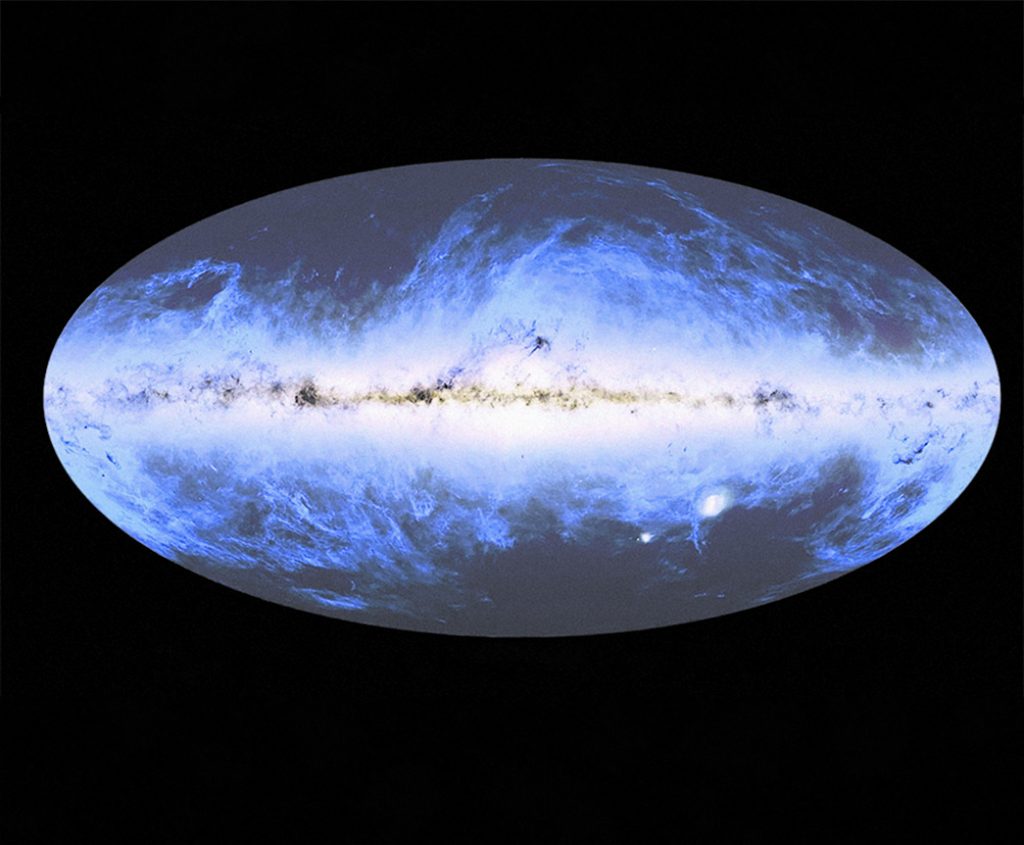
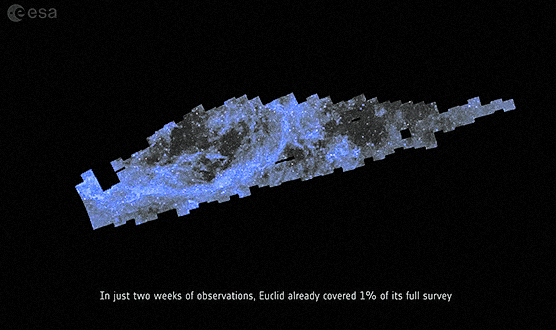
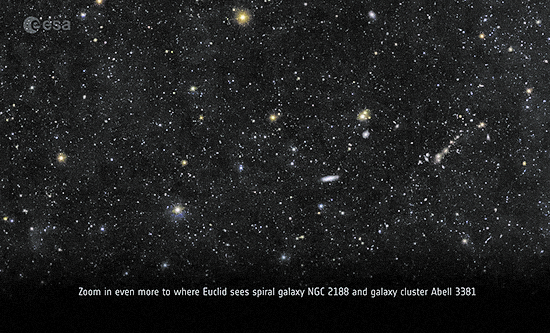
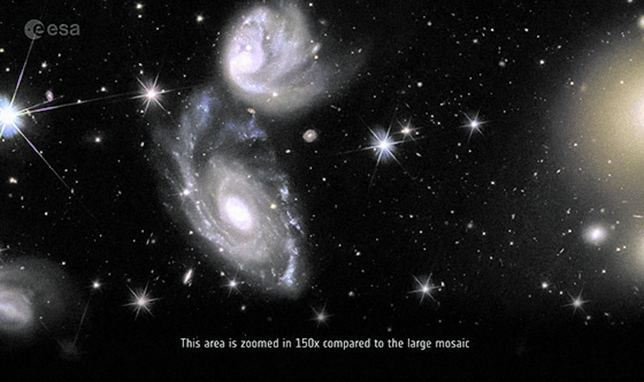
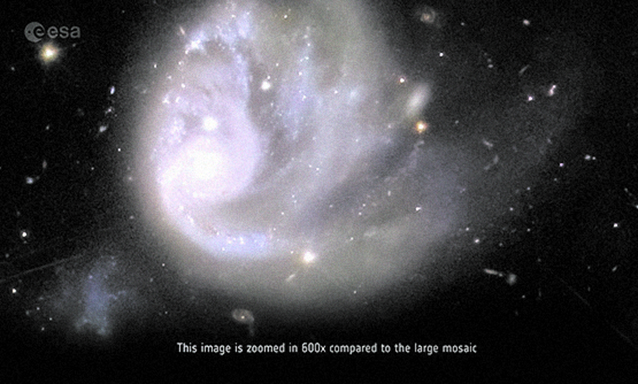
How big is the universe?
Since it is still scientifically impossible to measure the entire universe, astronomy uses the density ofthe parts already known and identified (currently a distance of around 93 billion light years) as the explorable field (the area used in the entire Euclid mapping project, for example). Although not entirely proven, there are strong hypotheses that the universe is infinite.
Glossary:
Light-years: the distance that light travels in one Earth year – about 9.46 trillion kilometers.
Density: the relationship between the mass and volume of something.
Dark matter: matter of an unknown nature that is believed to occupy 95% of the universe. It does not interact with other types of matter but affects the gravitational field of galaxies.
Pixel: the smallest measurement unit in a digital image.
Sources: ESA, BBC, G1, and Mundo Educação
Ixi! Você bateu no paywall!
Ainda não é assinante? Assine agora e tenha acesso ilimitado ao conteúdo do Joca.

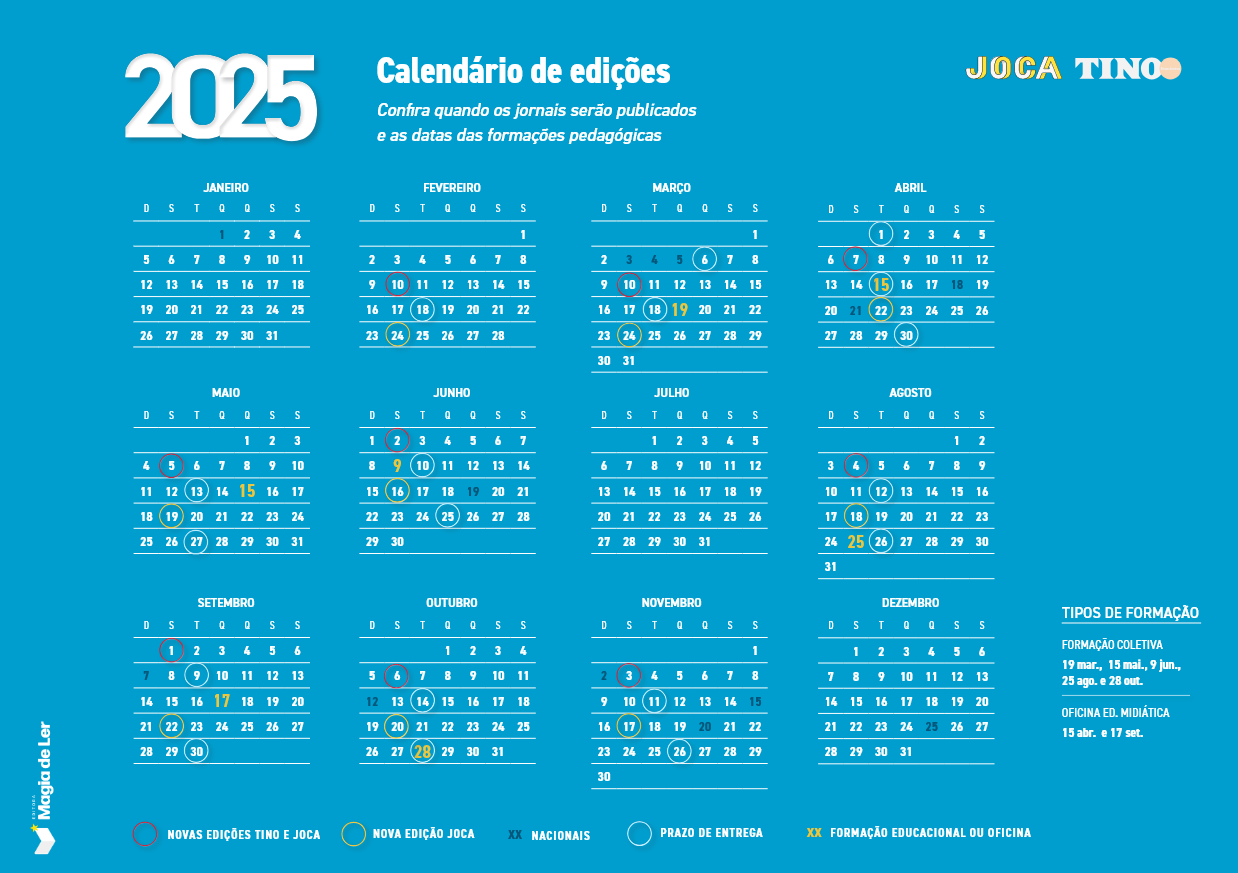









Você precisa fazer o login para publicar um comentário.